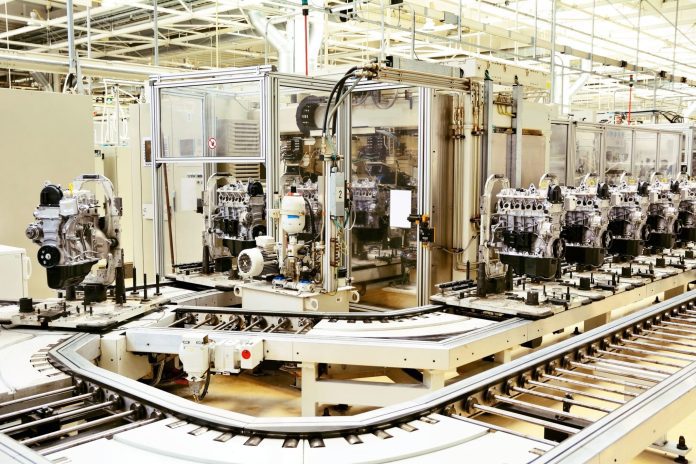Smart manufacturing hinges on turning granular operational visibility into money- and time-saving efficiencies
For companies in the business of making any sort of product–whether it’s a book, a car, cleaning products or food-packaging materials–efficiency in the production process directly relates to more income. Human error, equipment failures and other variables can all lead to unplanned downtime, which means less product (or playing catch-up) and a lower margin. That’s why smart manufacturing is a driving force as the industrial internet of things (IIoT) sees increasing adoption; sensor and other data, analyzed on-premise or in a remote cloud, can be turned into actionable insights that saves time, improves productivity and overall increases profitability.
In a recent post to logistics and supply chain publication DC Velocity, Jeff Schmitz, SVP and CMO of asset tracking specialist Zebra Technologies, makes the point, “At the heart of the IIoT is the way companies capture and share data. The ability to have data immediately available in the cloud offers unheard-of visibility that heightens operational performance…Having instant access to data is essential to making real-time adjustments that ensure that the production process operates smoothly. It gives suppliers the ability to react to the changing needs of their customers while also keeping less inventory on hand and eliminating points of failure.”
In a piece published in Automation World, Jim Toman, vice chairman of industry group Manufacturing Enterprise Solutions Association (MESA) International Americas, echoes that vision. “The…IIoT combined with machine learning and cloud-based mobile features promise to remake the landscape in terms of manufacturing optimization and flexibility.” In selecting a smart manufacturing technology set, he suggests a four-part approach:
- Start with documented business goals;
- Select solutions based “who is judging the system for success…It is important to document their requirements clearly and objectively, with no bias from technological solutions;”
- Identify “functional requirements,” aligned with “user requirements,” to inform deployment;
- And, “Plan it all at the high level, and then take small steps to implement capabilities that hit the mark.”
GE Digital, Toray Plastics smart manufacturing case study
Toray Plastics America, Inc., a subsidiary of a Japanese conglomerate that makes everything from pharmaceuticals to carbon fibers and plastics, makes food packaging films at facilities in Rhode Island and Virginia. The company engaged GE Digital to provide edge solutions including an industrial automation system and real-time asset management system, which enabled the company to use “data-driven information to gain visibility into potential production interruptions and downtime,” as discussed in this white paper.
“We further developed our by-the-numbers approach by creating a downtime dashboard—which tracks each line by shift, downtime percentage, and cost of downtime—to create friendly competition amongst factory operators and encourage production efficiency improvements,” Don M. Cormier, VP of U.S. information systems and quality assurance, said.
Outcomes of the smart manufacturing solutions resulted in “significant savings in film recovery, increase in film productivity and improving uptime,” as well as lowered defective rate, according to the white paper authors.

